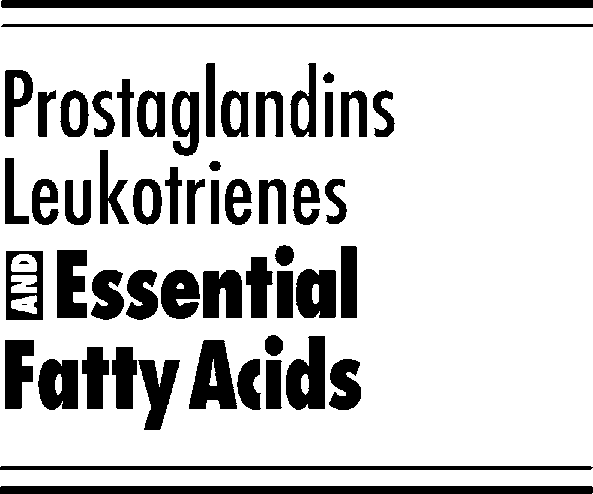ww.centralequipmentdivision.com
MATERIAL SAFETY DATA SHEET DRAGNET® SFR TERMITICIDE/INSECTICIDE MSDS Ref. No.: 52645-53-1-26 Date Approved: 02/29/2008 Revision No.: 11 This document has been prepared to meet the requirements of the U.S. OSHA Hazard Communication Standard, 29 CFR 1910.1200 and Canada’s Workplace Hazardous Materials Information System (WHMIS) requirements. 1. PRODUCT AND COMPANY ID


 Prostaglandins, Leukotrienes and Essential Fatty Acids 75 (2006) 19–24
The bioavailability and pharmacodynamics of different
concentrations of omega-3 acid ethyl esters
M. Bryhna,Ã, H. Hansteena, T. Schancheb, S.E. Aakreb
aPronova Biocare, R&D, Vollsveien 6, N-1327 Lysaker, Norway
Received 9 March 2006; received in revised form 6 April 2006; accepted 15 April 2006
Omega-3 fatty acids have a long history of use as dietary supplements and more recently for therapeutic applications as
prescription pharmaceuticals. Achieving a high concentration is critical for developing convenient, practical therapeuticformulations. The objective of the study was to explore the uptake and effects of different concentrations of omega-3 acid ethylesters. Three different omega-3 concentrations were investigated in a clinical study with 101 subjects. All participants were dosed for14 days with 5.1 g per day of eicosapentaenoic acid (EPA) and docosahexaenoic acid (DHA) ethyl esters provided in threeconcentrations: 62.5%, 80% and 85% of total fatty acids. Key endpoints of the study were serum phospholipids and standardfasting lipid panels at day 14.
Prostaglandins, Leukotrienes and Essential Fatty Acids 75 (2006) 19–24
The bioavailability and pharmacodynamics of different
concentrations of omega-3 acid ethyl esters
M. Bryhna,Ã, H. Hansteena, T. Schancheb, S.E. Aakreb
aPronova Biocare, R&D, Vollsveien 6, N-1327 Lysaker, Norway
Received 9 March 2006; received in revised form 6 April 2006; accepted 15 April 2006
Omega-3 fatty acids have a long history of use as dietary supplements and more recently for therapeutic applications as
prescription pharmaceuticals. Achieving a high concentration is critical for developing convenient, practical therapeuticformulations. The objective of the study was to explore the uptake and effects of different concentrations of omega-3 acid ethylesters. Three different omega-3 concentrations were investigated in a clinical study with 101 subjects. All participants were dosed for14 days with 5.1 g per day of eicosapentaenoic acid (EPA) and docosahexaenoic acid (DHA) ethyl esters provided in threeconcentrations: 62.5%, 80% and 85% of total fatty acids. Key endpoints of the study were serum phospholipids and standardfasting lipid panels at day 14. M. Bryhn et al. / Prostaglandins, Leukotrienes and Essential Fatty Acids 75 (2006) 19–24
Table 2Mean lipid parameters by treatment group
5.1 g EPA/DHA in 80% concentration N ¼ 35 5.1 g EPA/DHA in 85% concentration
TG ¼ triglycerides; VLDL-C ¼ very low-density lipoprotein cholesterol; CHOL ¼ total cholesterol; LDL-C ¼ low-density lipoprotein cholesterol;Non-HDL-C ¼ non-high-density lipoprotein cholesterol; HDL-C ¼ high-density lipoprotein cholesterol.
M. Bryhn et al. / Prostaglandins, Leukotrienes and Essential Fatty Acids 75 (2006) 19–24
Table 2Mean lipid parameters by treatment group
5.1 g EPA/DHA in 80% concentration N ¼ 35 5.1 g EPA/DHA in 85% concentration
TG ¼ triglycerides; VLDL-C ¼ very low-density lipoprotein cholesterol; CHOL ¼ total cholesterol; LDL-C ¼ low-density lipoprotein cholesterol;Non-HDL-C ¼ non-high-density lipoprotein cholesterol; HDL-C ¼ high-density lipoprotein cholesterol.